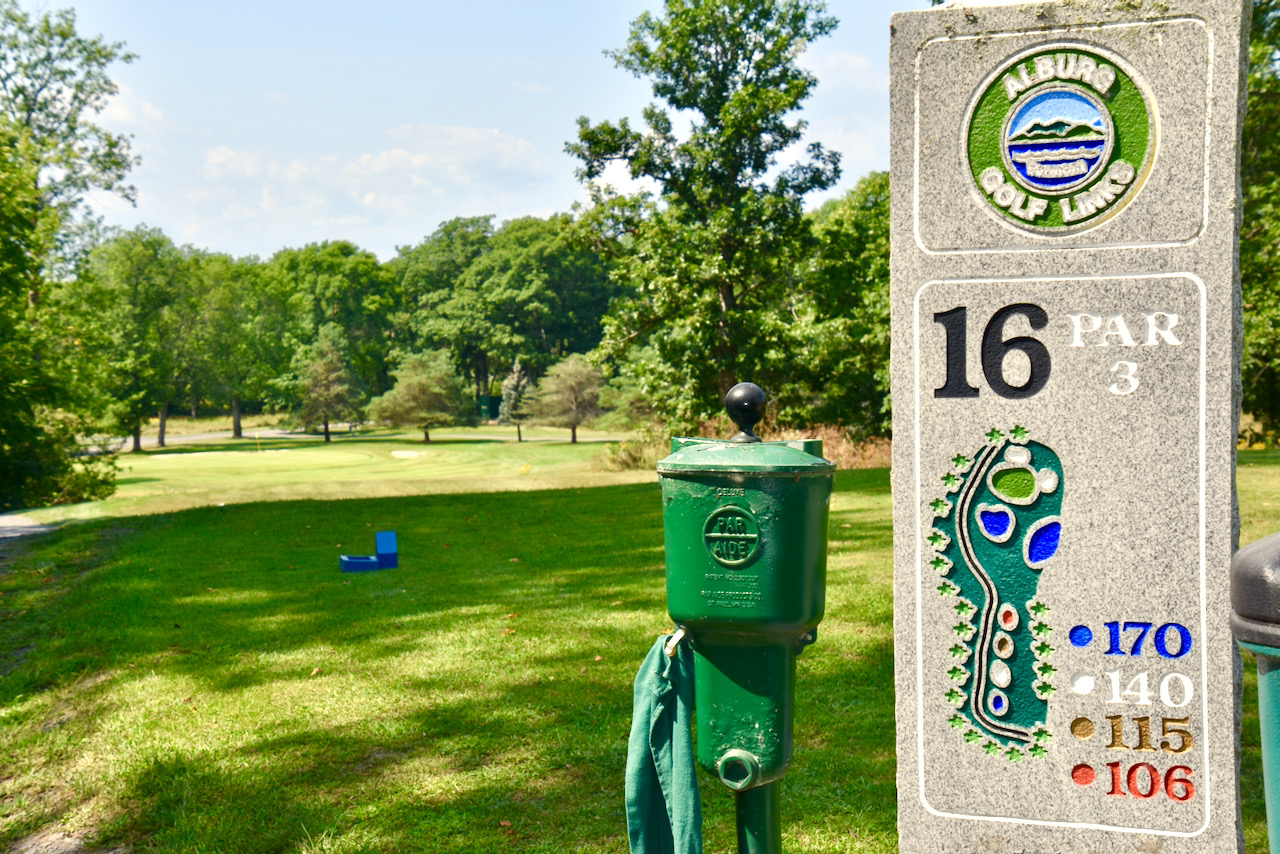I was in my favorite breakfast place this morning. After reading in the morning papers about the astounding numbers of foreclosures in the nation, I needed the solace of a good meal. I asked the waiter about the special omelet of the day, and he described one that was loaded with sausage and cheese, with home fried potatoes on the side. I'm clearly overweight, and I know I cannot afford the extra calories, but the waiter made that omelet sound so good and it was priced as low as any dish on the menu. I just had to order it, despite the obvious consequences to my wellbeing.
When the omelet arrived, I ate it; it tasted great, but shortly after I was done, remorse set in. When the waiter delivered the check, I told him
"Yes I did," I admitted, "but obviously I am overweight, as you can plainly see, and you should not have let me order it." "Sir," he retorted, "that is too bad." Then he threatened me with a day of washing dishes or the repossession of my car.
Just then, one of our town's councilwomen rose from an adjacent table where she was eating a dish of yogurt and fresh fruit. She doesn't know me personally, but she overheard the discussion with the waiter, figured I was a constituent and approached my table to offer her help.
"You are right," my councilwoman said to me and, turning to the rest of the crowded restaurant's patrons, as well as the owners, declared, "This is an outrage, and you must reduce this man's bill, or at least give him a month or two to pay it off." Most of the patrons exploded in applause, and the owners, mindful that the town council could affect their business with burdensome new regulations, told me to come back whenever and pay for the omelet.
The restaurant learned its lesson, and I learned mine too. I'm never ordering that omelet again, at least not from that restaurant. And the councilwoman has my vote in the upcoming election. Someone has to protect me from myself.























